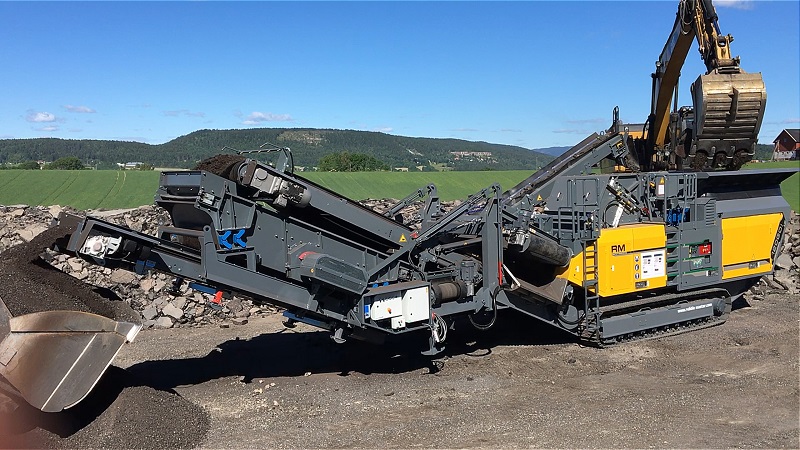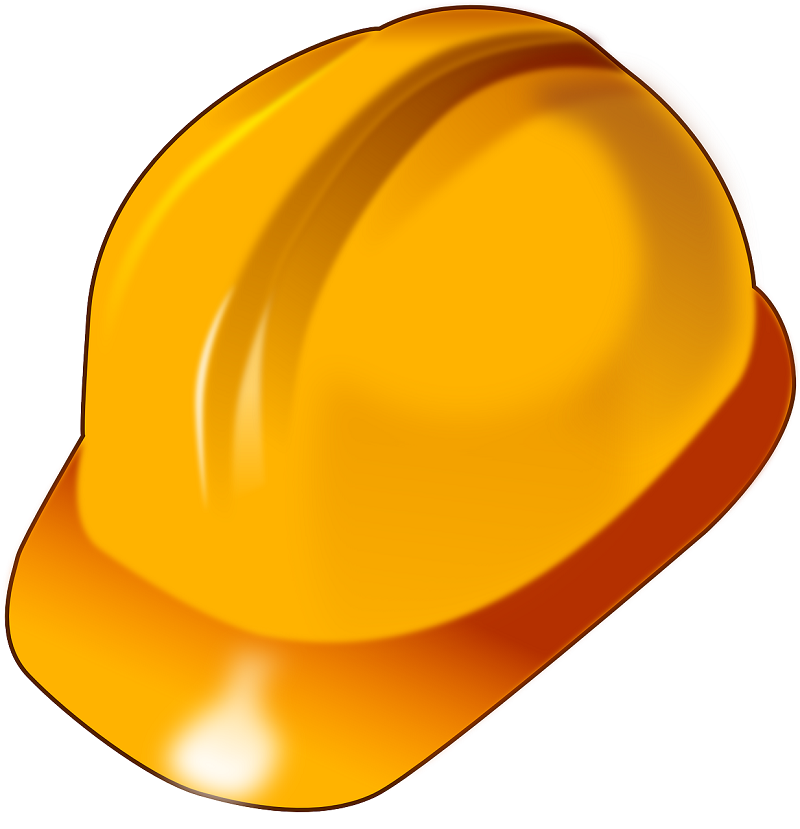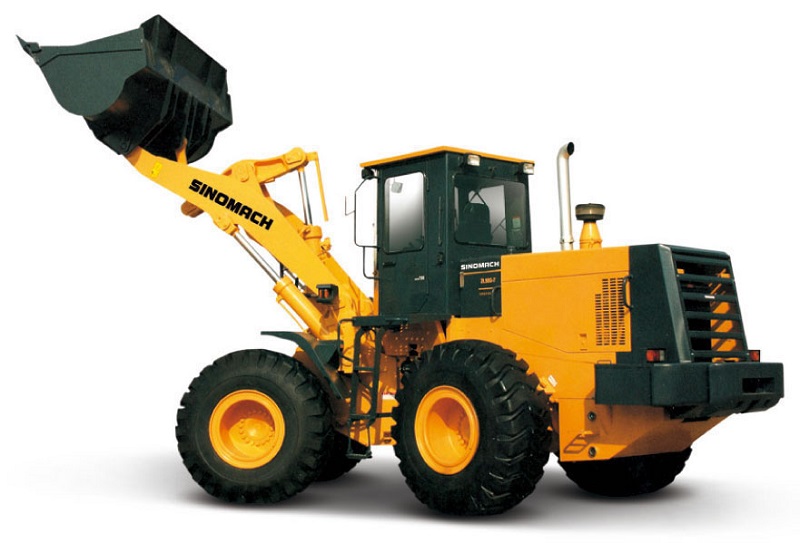
4 Safety Tips for Every Construction Site
July 25, 2018
What are the most important safety tips for every construction site?
- Wear personal protective gear.
- Inspect work areas and machinery.
- Properly handle heavy equipment.
- Avoid overcrowding work areas.
We’re all pretty aware of the dangers that constructions workers face day in and out as they work their bones to build different kinds of establishments. Most construction sites in the Philippines have forklifts, excavators, crushers, loaders, cranes, and several other pieces of equipment. These, along with mountains of rubble and glass, stacks of steel bars and cement, and tangled electrical wires are considered potential hazards in the workplace. If mishandled they can cause injuries that range from minor to life-threatening.
Aside from these pieces of equipment and materials, there are other things that threaten the safety of construction workers and even pedestrians. The slightest slip of hand or foot can easily cause severe damages and injuries. Regardless of intensity, damages and injuries cause losses for companies – even more so if a life is lost. No company would want to be responsible for such losses, so it’s important that these events be avoided.
Unfortunately, it is near impossible to completely avoid these things. Accidents are called accidents for a reason – they are unexpected, unintentional, unplanned, and undesirable. The only thing people and workers can do in order to lessen the chances of them happening or keep injuries and damages at a minimum is to follow the following safety tips:
Wear Personal Protective Gear
Wearing personal protective gear is one of the basics of safety, so it is crucial that workers are wearing appropriate safety equipment. Gloves, long-sleeve shirts, hard hats, goggles, steel-toed boots, and other necessary gear must always be worn inside the construction site in order to ensure worker safety. These things must be provided by employers and no worker is responsible for spending their own money to acquire them.
Aside from having protective gear, first aid kits and fire extinguishers should also be scattered around the work area and made available to all workers. These are placed all over the place so that the site is always prepared for even the smallest of accidents.
Inspect Work Areas and Machinery
Prior to use, it is advisable that workers inspect their work areas, equipment, and machinery. They must always be 100% aware of their surroundings especially if they’re job includes operating heavy machinery and moving from one area to another. Hazardous areas such as holes must be marked appropriately and signs must be placed all over the place to remind people.
As for their equipment and machinery, it is imperative that they are checked prior to use. Most people have a checklist whenever they perform an inspection to make sure that they don’t miss a single thing. If the equipment or machine is believed to be damaged, then have it fixed immediately. Otherwise, you risk the safety of everyone on site.
Properly Handle Equipment
Accidents caused by human error isn’t uncommon, but mistakes should have no place in any construction site. Often, these small mistakes lead to the biggest accidents that cost lives. In fact, human error is one of the leading causes of construction site accidents.
Incompetence and lack of experience are the driving forces behind human error, which is why companies should refrain from hiring workers that have no useful skill or knowledge to contribute. If they plan on hiring such workers, then they should let them undergo training sessions before letting them step foot in the construction site. These training sessions should teach them how to move within the workplace and how to operate the machinery assigned to them.
Avoid Overcrowding Work Areas
Workers often flock and collect in large groups whenever a unique piece of heavy machinery is being used. There’s no actual benefit to doing this and it doesn’t help the worker operating the equipment; it’s just a habit that workers have developed over the years. Or perhaps it’s a mix of fascination and curiosity about how machines work that is driving them to do this.
Whatever the reason is behind this strange but common phenomenon, it needs to stop. Gathering around pieces of machinery and equipment only exposes them to more danger, so they should be told to take a step back and stay away from the operating area. If they still intend to watch, foremen should at least advise them to do so from a safe distance.
Aside from this quick warning, operators should be taught to beep their horn or give any signal to warn the others that work is about to begin and the machine is about to move.
Key Takeaway
Hazards can take form in many ways. For example, construction equipment in the Philippines like a forklift or crane can cause several accidents. Lack of training and knowledge which leads to human error is also a big factor in these cases. There are many more hazards in a construction site and it’s hard to list them and make efforts to eradicate them. What people can do instead is follow these safety tips that help avoid accidents and keep losses to a minimum.
It’s also important to remember that safety can only be prioritized when companies really care for their employees, so these should not be employed for the benefit of the company’s image but for the sake of their dedicated workers!

